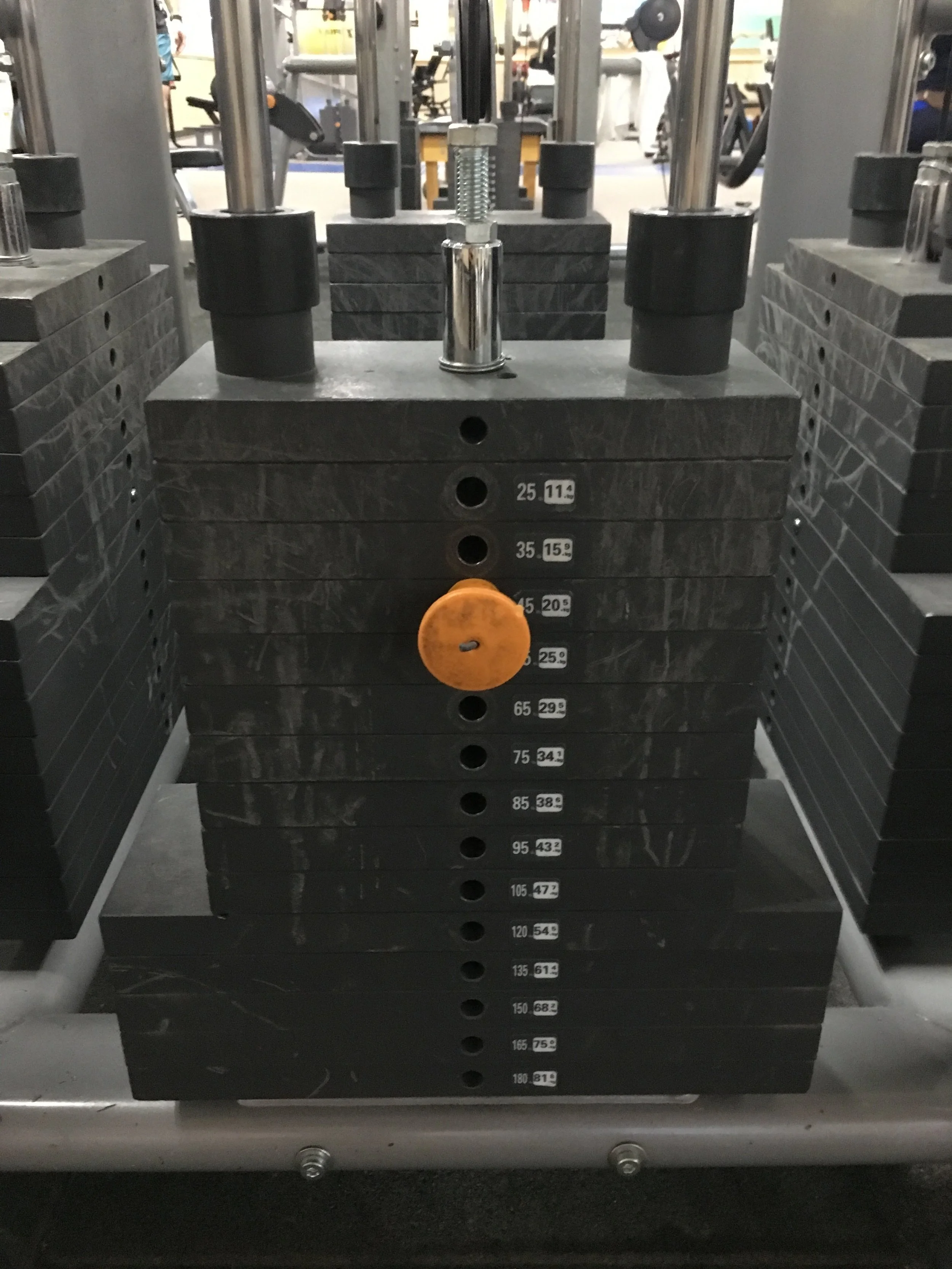"How do I choose the right weight?" is a frequent question I get from trainees. On the surface this seems like an easy question to answer. However, like many other questions in the strength game, the answer depends on several different variables that need to be considered. While charting progress is helpful, simply using the weight for a given exercise from a previous session isn’t always the way to go for a variety of reasons:
1) Did you increase strength from last session?
2) Are you using the same tempo?
3) Is this the same point in the workout that you performed this specific exercise?
4) Is this a different time of day?
5) Were you up all night fighting crime and serving justice?
6) Did you pound a 1/5 of vodka yesterday?
Even this guy's 1 rep max won't be the same after a long night climbing buildings and saving the world from evil.
Any of these variables can affect your strength for a given exercise. As simple as strength training can be, it’s not always as easy as “pick things up and put them down”. The goal of this post is to empower my readers to have the confidence to choose the right weight for every set, whether charting or not.
Feeler Sets
These sets are used as a warm up of sorts to get a feel for each specific exercise, drive blood to the targeted muscles and prime the central nervous system for the work ahead. The first feeler set should be light (think slightly under 50% of your perceived target weight). Increase weight with each set until you get to your work sets. A work set is when you have reached the weight that provides the appropriate intensity over the span of the prescribed reps. Initially, it may take you several feeler sets to reach your work set, the goal is to eventually be able to get to the work set with 2 or 3 feeler sets. For example:
Chest Press: 2 x 12 reps
1st set-20lbs (feeler set) x 6 reps
2nd set-35lbs (feeler set) x 6 reps
3rd set-50lbs x 12(work set 1)
4th set-50lbs x 12 (work set 2)
On feeler sets, only do half of the prescribed reps, once you feel like you are at the right weight (this will become much easier to know after some practice) continue with your work sets. You may want to increase or decrease weight based on the 1st work set depending on your rate of perceived exertion (RPE).
RPE
A terrific way to express your RPE is in terms of “how many reps did you have left in the tank?”. For example, on the chest press, you were shooting for 12 reps. After finishing 12 reps, you feel like you could have easily gotten 15. That would mean you had 3 reps in the tank. Most strength and hypertrophy programs are going to center around an RPE of 1-3 reps in the tank, let’s focus on that here. While there are periods in your training where you will want to hit failure, it shouldn’t be often, and that topic should be left for its own blog post. Another example:
Chest Press: 2 x 12 RPE Goal: 2 reps in the tank
1st set-20lbs (feeler) x 6
2nd set-35lbs (feeler) x 6
3rd set-50lbs x 12 (work set 1) could have gotten 15 reps
4th set-55lbs x 12(work set 2) could have gotten 13
This would be a successful exercise. You hit 2 quality sets at the right intensity level within range of the prescribed reps. This process will seem like second nature after you practice it. While it may seem confusing at first, once you master this concept, you will never struggle with choosing the right weight again.
Yours truly hitting a db pullover for 6 reps. Notice how my tempo gets slower on the way up on the last rep. This is an example of a set performed with high intensity yet without sacrificing form or ROM. I probably could have gotten 1 more but it wouldn't have been pretty.
Intensity Is King
No explanation on proper weight selection would be complete without a word regarding intensity. Often, I see trainees “failing” at the first sign of discomfort. Failing isn’t discomfort, it’s the muscles lack of ability to fire due to exhausting each muscle fiber, you need to be focused and dialed in 100% to the exercise to even get close to failure. When performing an exercise with 1 or 2 reps “left in the tank”, the tempo on the concentric portion of the lift (muscle shortening/moving against gravity) should start to slow just slightly due to fatigue on the last rep if you picked the right weight.
To get the most out of each exercise, appropriate weight selection is key. Too heavy and you’ll lose form and shorten the range of motion, too light and you won’t recruit nearly as many muscle fibers to the party. Either will make the exercise less beneficial. Give these tools a try and let me know how it goes in a comment!
Click below to head over to my online programming page if you are interested in a custom 6 week strength and cardio program. I only take limited clients to assure quality so hurry now if you want a spot!


